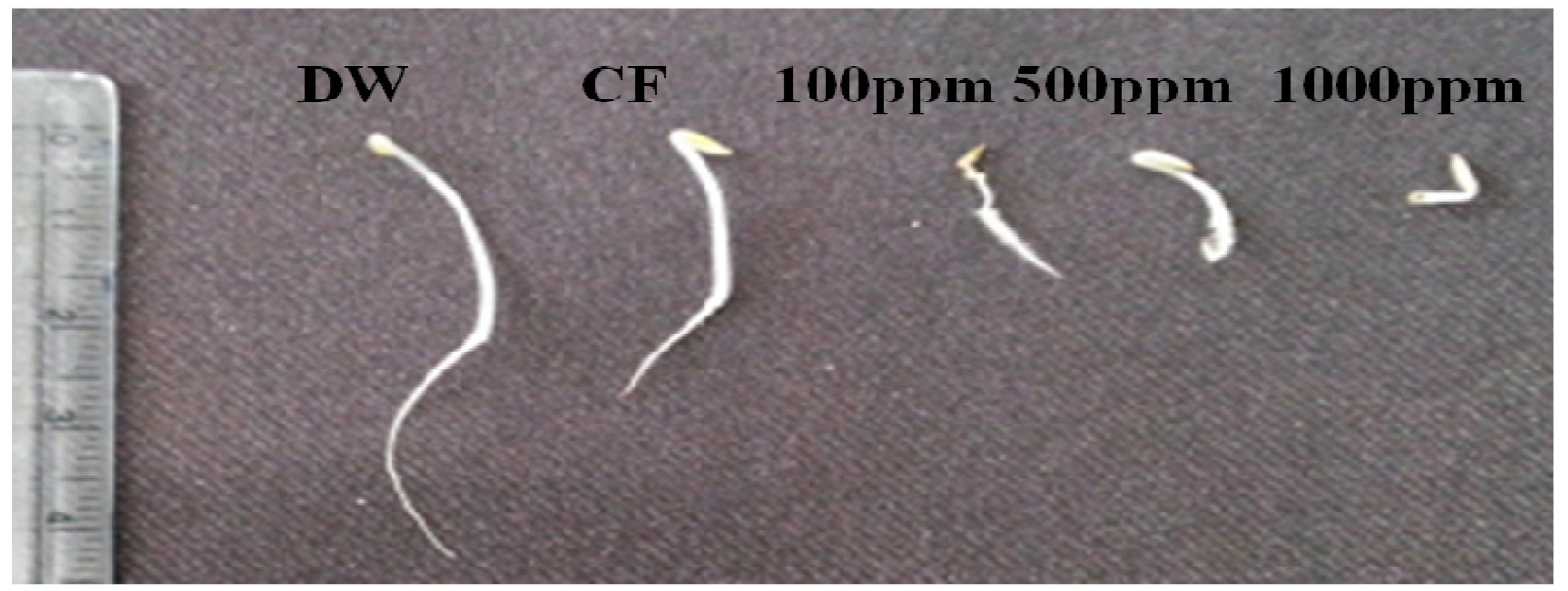_Lead image: Gathered around the Hanby Field Kit for detecting petroleum hydrocarbons._
**The soil testing methods listed on this page use different approaches to screen for contaminants**. In general, the data these methods produce are less accurate and precise than certified lab-based methods, but the methods are **more accessible in terms of materials, cost, and logistics**. Many screening methods are available as kits or portable units that can be used quickly in the field.
### Screening for heavy metals and organic compounds
#### Overviews on Public Lab
[notes:grid:screen-soil]
#### Example methods and tools
##### Hanby Field Test Kit
 _Image: Learning about the Hanby Field Test Kit at the [Houston Barnraising](https://publiclab.org/notes/joyofsoy/02-22-2019/texas-barnraising-photos), by @zengirl2_
+ _Tests for_: Organic contaminants (petroleum products, PAHs, PCBs)
+ _Advantages_: Tests can be done quickly in the field; relatively low cost per sample.
+ _Limitations_: Can be difficult to compare color if the sample is dark; other petroleum compounds might interfere with color changes and lead to inaccurate results interpretation. See more in this comment by @jjcreedon.
Posts and wikis related to the `hanby-soil-kit`
[nodes:hanby-soil-kit]
_Image: Learning about the Hanby Field Test Kit at the [Houston Barnraising](https://publiclab.org/notes/joyofsoy/02-22-2019/texas-barnraising-photos), by @zengirl2_
+ _Tests for_: Organic contaminants (petroleum products, PAHs, PCBs)
+ _Advantages_: Tests can be done quickly in the field; relatively low cost per sample.
+ _Limitations_: Can be difficult to compare color if the sample is dark; other petroleum compounds might interfere with color changes and lead to inaccurate results interpretation. See more in this comment by @jjcreedon.
Posts and wikis related to the `hanby-soil-kit`
[nodes:hanby-soil-kit]
##### Nuestros Suelos: a low-cost toolkit for the participative assessment of soil degradation
_23.02.03.png) _Image: Soil testing toolkit by @sureta._
+ _Tests for_: indicators of fertility (organic matter, carbonates, N-P-K, and pH) and presence of heavy metals (copper and arsenic).
Posts and wikis related to `nuestros-suelos`
[nodes:nuestros-suelos]
_Image: Soil testing toolkit by @sureta._
+ _Tests for_: indicators of fertility (organic matter, carbonates, N-P-K, and pH) and presence of heavy metals (copper and arsenic).
Posts and wikis related to `nuestros-suelos`
[nodes:nuestros-suelos]
##### Portable X-ray fluorescence (XRF) spectrometer
 _Image: Portable XRF in the field. [USDA photo by Lance Cheung](https://www.flickr.com/photos/usdagov/39518128545), [CC0](https://creativecommons.org/publicdomain/mark/1.0/)_
+ _Tests for_: Metals.
+ _Advantages_: Tests are relatively non-destructive and can be done quickly in the field with portable or handheld units; high cost to purchase but options to rent units can lower costs relative to testing via lab analytical techniques.
+ _Limitations_: It might not be sensitive enough to detect metal concentrations that are relatively low but still above regulatory levels for toxicity (from [EPA Method 6200 doc](https://www.epa.gov/sites/production/files/2015-12/documents/6200.pdf)).
Posts and wikis related to `xrf`
[nodes:xrf]
_Image: Portable XRF in the field. [USDA photo by Lance Cheung](https://www.flickr.com/photos/usdagov/39518128545), [CC0](https://creativecommons.org/publicdomain/mark/1.0/)_
+ _Tests for_: Metals.
+ _Advantages_: Tests are relatively non-destructive and can be done quickly in the field with portable or handheld units; high cost to purchase but options to rent units can lower costs relative to testing via lab analytical techniques.
+ _Limitations_: It might not be sensitive enough to detect metal concentrations that are relatively low but still above regulatory levels for toxicity (from [EPA Method 6200 doc](https://www.epa.gov/sites/production/files/2015-12/documents/6200.pdf)).
Posts and wikis related to `xrf`
[nodes:xrf]
##### Other methods
+ Public Lab community members came up with some ideas for soil testing in response to this question: [What are other ways to assess soil contamination, besides directly measuring contaminant concentrations?](https://publiclab.org/questions/bhamster/02-05-2021/what-are-other-ways-to-assess-soil-contamination-besides-directly-measuring-contaminant-concentrations)
+ This [spreadsheet lists several soil testing methods and tools](https://www.google.com/url?q=https://docs.google.com/spreadsheets/d/1dPla3jTr2D_FIBexqd_zKLYyyoA0PgTgH40Xy_3MtPY/edit%23gid%3D0&sa=D&source=editors&ust=1616518485209000&usg=AOvVaw2p5iUCeLO-vv7u49SgKoS1), including those for screening purposes.
+ This paper describes a reagent-based field test to screen for lead in soil: Landes F.C., Paltseva A., Sobolewski J.M., Cheng Z., Ellis T.K., Mailloux B.J., and van Geen A. 2019. A Field Procedure To Screen Soil for Hazardous Lead. Analytical Chemistry, 91: 8192-8198. [LINK to PDF](https://pubs.acs.org/doi/pdf/10.1021/acs.analchem.9b00681).
### Measuring effects of contaminants (toxicity)
The screening methods listed above indicate relative or real amounts of a contaminant in a soil sample. But the amount of a contaminant in the soil doesn’t always translate into a predictable effect on living things. To learn about the potential for harmful impacts from contaminated soil, some people complement typical soil testing with tests for toxicity or “effect-based” tests.
 _Image: An example “effect-based test” is a bioassay. This image is of a lettuce seed bioassay showing longer roots in lettuce seeds that sprouted in distilled water (DW) compared to shorter roots in seeds exposed to different concentrations of ethyl acetate, a chemical that negatively affects growth. From [Waqas et al. 2013](https://doi.org/10.3390/molecules181215519), [CC BY](http://creativecommons.org/licenses/by/3.0/)_
Methods related to `effect-based-test` will appear here
[wikis:effect-based-test]
_Image: An example “effect-based test” is a bioassay. This image is of a lettuce seed bioassay showing longer roots in lettuce seeds that sprouted in distilled water (DW) compared to shorter roots in seeds exposed to different concentrations of ethyl acetate, a chemical that negatively affects growth. From [Waqas et al. 2013](https://doi.org/10.3390/molecules181215519), [CC BY](http://creativecommons.org/licenses/by/3.0/)_
Methods related to `effect-based-test` will appear here
[wikis:effect-based-test]
### Questions about soil testing for screening purposes
Questions tagged with `question:screen-soil-contamination` will appear here
[questions:screen-soil-contamination]
### Activities on soil testing for screening purposes
Activities tagged with `activity:screen-soil-contamination` will appear here
[activities:screen-soil-contamination]
_23.02.03.png) _Image: Soil testing toolkit by @sureta._
+ _Tests for_: indicators of fertility (organic matter, carbonates, N-P-K, and pH) and presence of heavy metals (copper and arsenic).
Posts and wikis related to `nuestros-suelos`
[nodes:nuestros-suelos]
_Image: Soil testing toolkit by @sureta._
+ _Tests for_: indicators of fertility (organic matter, carbonates, N-P-K, and pH) and presence of heavy metals (copper and arsenic).
Posts and wikis related to `nuestros-suelos`
[nodes:nuestros-suelos]